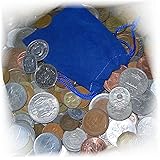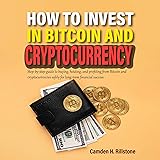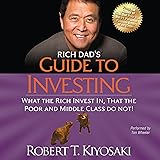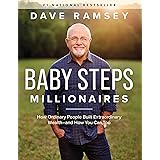
A limit order is an investor order that ensures that a trade will only execute when the stock or ETF (exchange-traded fund) reaches a price you specify, known as your “limit price.” You can use a buy limit order to purchase shares of a stock at or below the market price and a sell limit order to sell at or above the market price.
What Are the Benefits of Using a Investing Limit Order?
Having control over investment decisions is a crucial aspect of investing, especially when markets are volatile. Investors who use limit orders are able to stay on track with their goals and strategies, avoiding the temptation of impulsive trading decisions.
By setting a desired purchase price below the market value, investors can seize opportunities to acquire shares at a lower cost and optimize their return potential. Similarly, by setting a desirable selling price above the market value, investors can lock in profits and preserve their capital.
In addition to preserving gains and eliminating the risk of overpaying for securities, limit orders can also help minimize trading fees. Because market orders are executed at the current market price, they can be subject to slippage, which is the difference between the share price you expect to pay when you buy a security and the actual stock price that your brokerage firm or investment app pays to execute the order. This can happen because of changing market conditions, the release of company news or economic data, and other factors.
With a limit order, your broker will only execute the trade at your specified price or better. However, it may take longer for your limit order to be filled than a market order because of the time needed to find matching buyers and sellers. For this reason, a limit order is often used when the specific price you want to pay or sell at is more important than getting your trade executed quickly.
If you’re trying to avoid paying more than the minimum possible amount when you buy or sell, a limit order is a good choice. This is especially true when you’re purchasing or selling a low-volume stock, as it can be difficult to fill these orders with a market order.
Moreover, when you use a sell limit order, it’s important to set the maximum profit you would be willing to accept in case the price goes up or down beyond your target. You can choose to leave the sell limit order open for the current trade day only or to keep it open indefinitely.
In general, using a stop-limit order is more advantageous than a market or limit order when you’re concerned about market volatility. It allows you to automate your risk management strategy and avoid having to continually monitor prices, which can cause a night of bad sleep. However, if you’re comfortable with market or limit orders and want to be a bit more reactive, feel free to skip this article.









